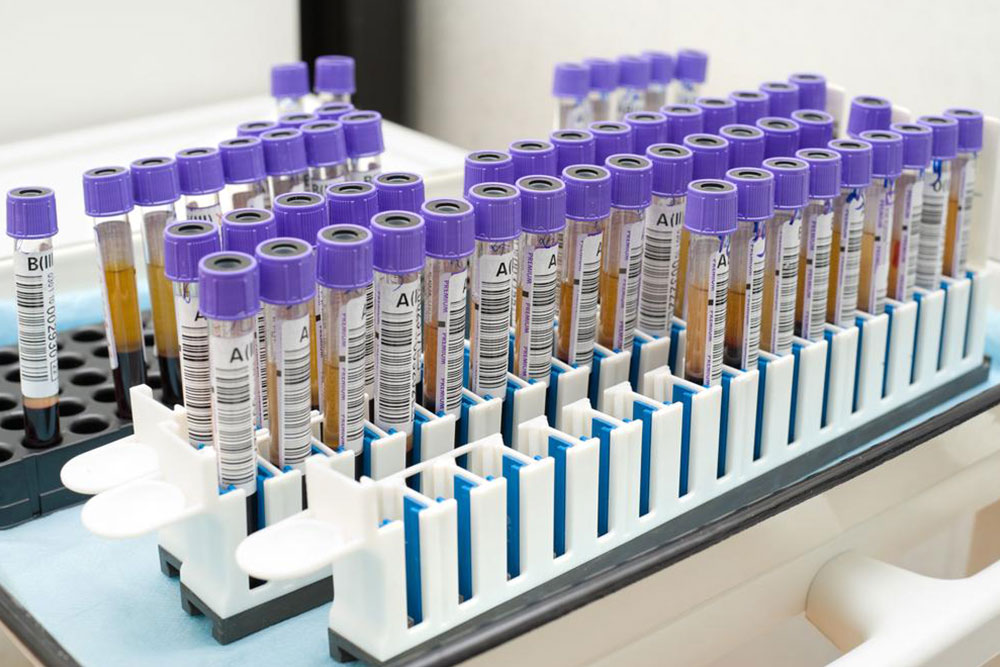Here’s what you must know about age-specific PSA levels
Prostate-specific antigen or PSA is a glycoprotein that is produced in the prostate gland to retain the liquid form of the seminal fluid and aid sperm movement. While PSA typically stays in the prostate ducts, a small portion may leak into the bloodstream; this allows experts to detect prostate diseases such as cancer. Since several factors affect PSA levels, doctors can utilize factors like age and conduct age-specific PSA levels to determine if further screening for cancer must be conducted. This method was devised a few decades ago to estimate abnormal PSA levels and correlate it with age-specific ranges.
Since prostate cancer is one of the most common types of cancers to affect men, it became essential to detect prostate abnormalities proactively.

Since prostate cancer, quite like other cancer types, do not show apparent symptoms in its infancy, an age-related PSA level test can increase the chances of detecting cancer in younger men. The method is highly effective in successful cancer diagnosis and treatment. Many experts suggest that the invention of an age-specific PSA level has dramatically lowered the occurrence of advanced stage cancer. While the age-specific PSA testing proves helpful in nipping the problem at the bud, several other reference ranges of PSA may also prove fruitful. Apart from age, for instance, certain races, ethnicities, and geographical differences may be susceptible to prostate cancer. Since relying only on an isolated age-specific PSA level reference may not be appropriate, several researchers are developing newer ways to effectively detect cancer based on underlying diseases, races, and lifestyles along with age groups.

